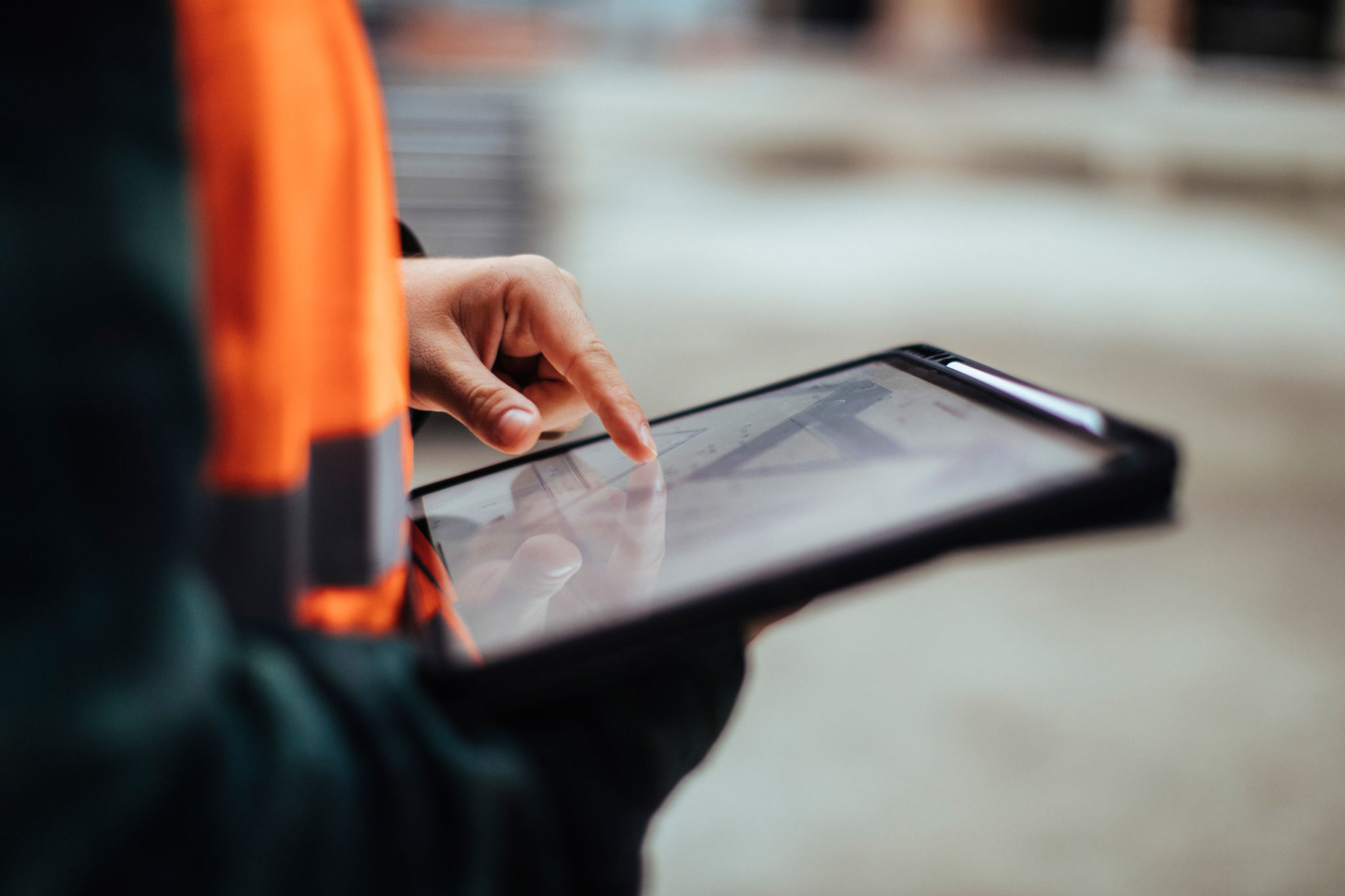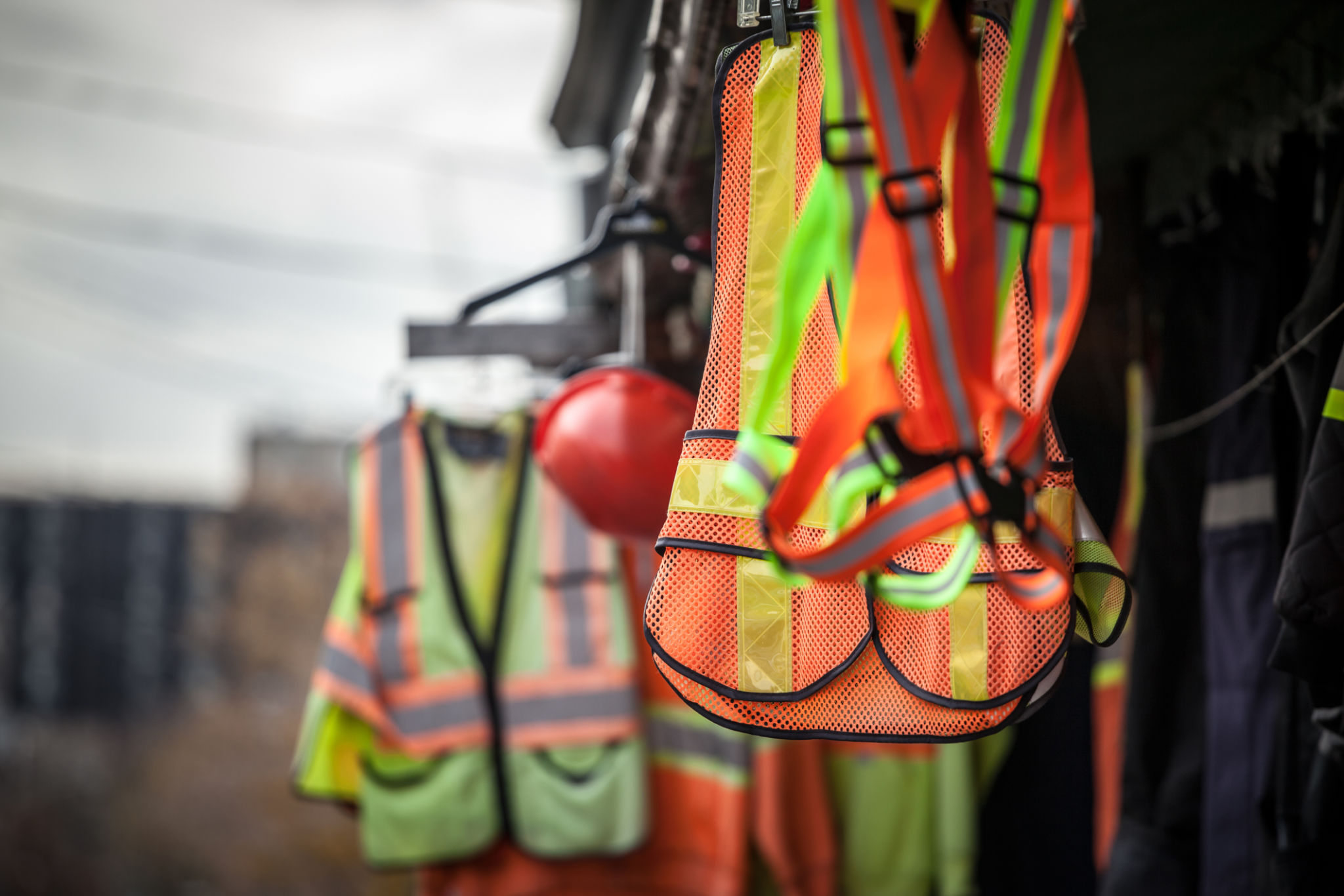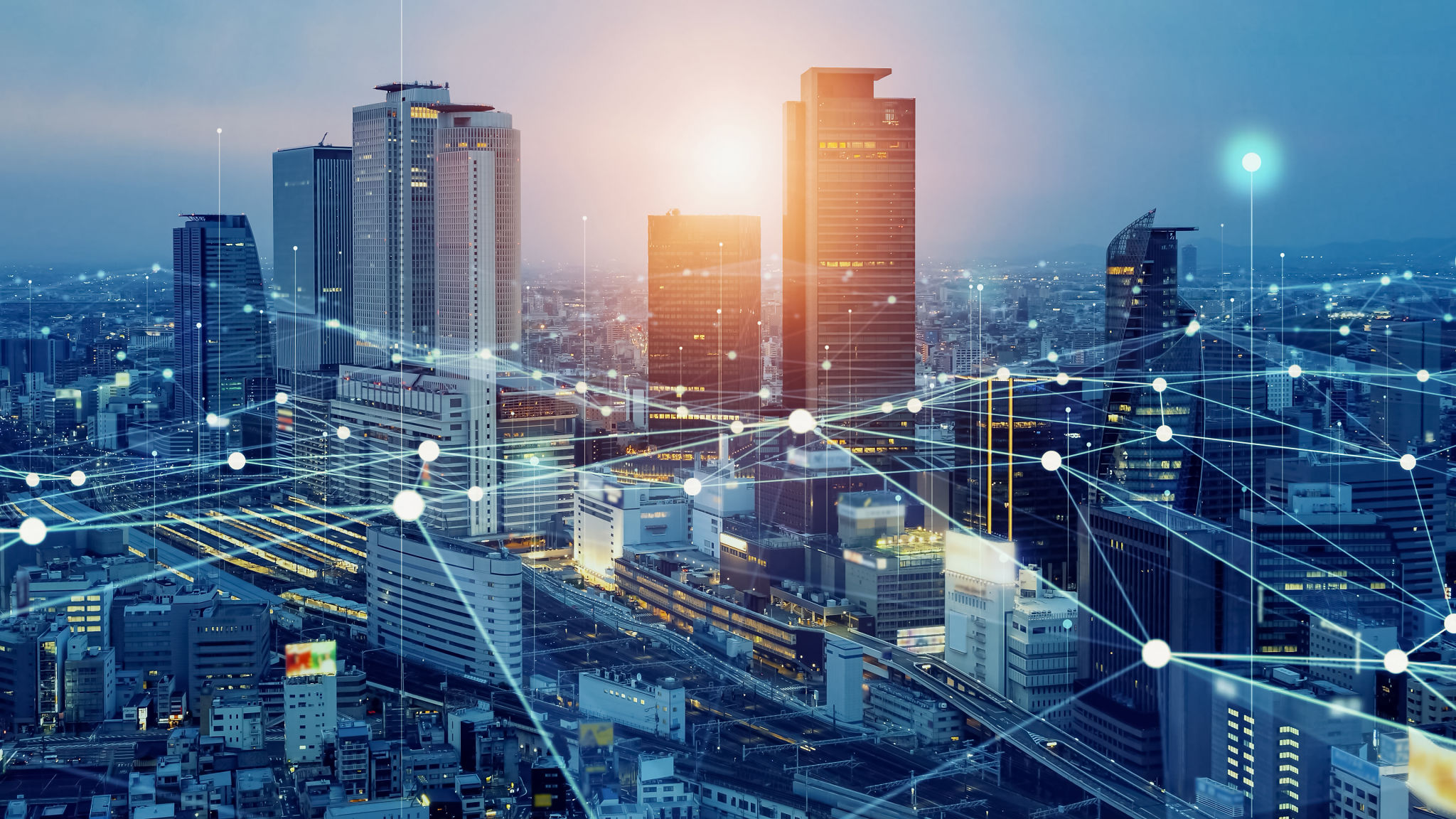Exploring the Benefits of Digital Twins in Modern Construction Projects
Understanding Digital Twins
In recent years, the construction industry has witnessed a remarkable transformation with the integration of digital technologies. Among these innovations, digital twins have emerged as a game-changer. A digital twin is a virtual replica of a physical entity, allowing for real-time monitoring and management throughout the construction lifecycle. This technology enables stakeholders to make informed decisions, optimize processes, and reduce costs.
The concept of digital twins goes beyond simple 3D models. They incorporate data from sensors and IoT devices to provide a comprehensive view of a building's performance. This integration of real-time data ensures that potential issues are identified and resolved before they escalate, saving time and resources.

Enhancing Project Planning and Design
One of the primary benefits of digital twins is their ability to enhance project planning and design. By creating an accurate digital representation of a construction project, architects and engineers can visualize complex structures before they are built. This visualization facilitates better collaboration among stakeholders, ensuring that everyone is on the same page.
Furthermore, digital twins enable architects to experiment with different design scenarios. They can test the impact of various materials, layouts, and designs on the project's overall efficiency. This flexibility leads to more sustainable and cost-effective solutions, ultimately benefiting both clients and construction companies.

Optimizing Construction Processes
During the construction phase, digital twins play a crucial role in optimizing processes. By continuously monitoring the construction site through sensors and IoT devices, project managers can track progress in real-time. This real-time data allows for swift decision-making and helps in addressing any deviations from the planned schedule.
Digital twins also improve safety on construction sites. By analyzing data from the digital twin, potential hazards can be identified and mitigated before they pose a risk to workers. This proactive approach not only safeguards employees but also minimizes the likelihood of costly delays due to accidents.

Facilitating Maintenance and Operations
Once a construction project is completed, digital twins continue to offer significant benefits during the maintenance and operation phases. Building managers can use digital twins to monitor the performance of various systems within the building. This continuous monitoring ensures that any malfunctions are quickly identified and addressed.
Moreover, digital twins provide valuable insights into energy consumption patterns. By analyzing this data, building managers can implement energy-saving measures, reducing operational costs and contributing to environmental sustainability.
The Future of Digital Twins in Construction
The use of digital twins in construction is still evolving, but their potential is undeniable. As technology advances, digital twins will become more sophisticated, offering even greater insights and capabilities. The future promises enhanced integration with artificial intelligence and machine learning, further revolutionizing the construction industry.
Construction companies that embrace digital twins are likely to gain a competitive edge in the market. By leveraging this innovative technology, they can deliver projects more efficiently, sustainably, and safely, meeting the demands of modern clients.

Conclusion
In conclusion, digital twins are transforming the way construction projects are planned, executed, and managed. They offer numerous benefits, including improved project planning, optimized processes, enhanced safety, and efficient maintenance. As the technology continues to evolve, its impact on the construction industry will only grow stronger.
By adopting digital twins, construction professionals can look forward to a future where data-driven decision-making leads to superior outcomes for all stakeholders involved.
